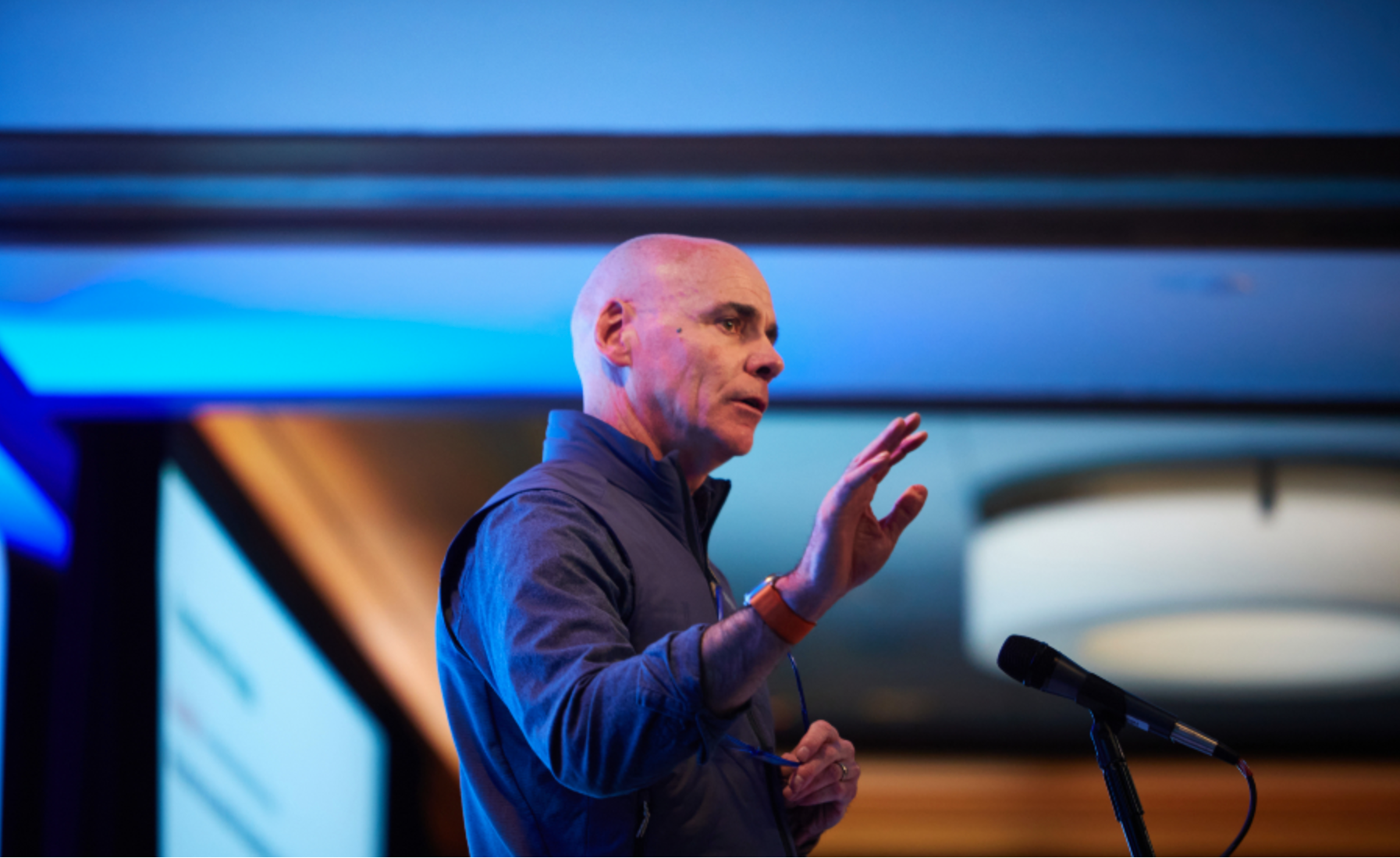REI Grapples With Aging Membership Base
BY: Bart Schaneman
Posted on: Outdoor Retailer
As it looks to the future, outdoor retail giant Recreational Equipment Inc. is trying to figure out who its new customers will be.
As of 2022, REI had 23 million members, up 1.3 million members from the previous year, and more than 180 retail locations.
“Fantastic. But when we look at that, what we see is a problem,” said Chris Speyer, senior vice president and chief merchandising officer at REI, who spoke at the Sea Otter Classic Summit in Monterey, California on April 19.
“We must broaden our definition of the outdoors and stay true to our values and differentiators. This means engaging a younger, more diverse, and less affluent customer.”
Speyer is responsible for the retailer’s gear and apparel assortment as well as its in-house Co-op brand label.
He leads a team of strategists, designers, and developers dedicated to helping REI customers enjoy outdoor recreation.
At the summit, he discussed the importance of brands adapting to new market trends and how REI is trying to grow its membership base.
Membership Challenges
One problem that Speyer identified is REI’s aging membership. Only 29% of members are under 40.
“We have to grow that as an imperative if we are going to be relevant to the customer in the next 10 years, in the next five years, in the next three years,” he said.
REI also needs to diversify its membership – in 2022, about 15% of REI’s membership was non-white.
“We need that to be 30%,” Speyer said.
In addition, about 4% of the company’s assortment of products is from diverse-owned brands, with a goal to raise that to 10% in the coming years.
REI members are also generally well off. About 47% of its membership earns more than $100,000 a year.
Deeper Consumer Research
All that data is useful in making customer-based decisions, Speyer said, but staying relevant in a changing United States requires more analysis.
To do that, the company invested in customer research and a segmentation study to determine who those future consumers will be.
It found there are about 89 million Americans with attributes that might make them likely to join REI.
They narrowed it down to a few groups, including:
A consumer who participates in ball sports but also wants to go camping, cycling or hiking.
A younger, family-oriented customer who doesn’t care as much about brand but cares about quality and experience.
A customer who wants to own a product for a long time and fix it themselves.
Additionally, the company has identified about 15 million people who are aware of REI but have not become members.
To bring these customers in, REI has researched outdoor activities with the potential to attract more participants.
Hiking, for one, is “an enormous opportunity,” Speyer said.
According to REI research, the hiking category had about 84.5 million participants last year.
REI has 4.7 million members who shop the hiking category each year.
However, there are 5.1 million REI members who hike but don’t shop in that category with REI.
“They are among us but choosing for some reason not to (shop for hiking gear here),” Speyer said.
The next step is thinking about the existing customer who is only buying in one area versus in several areas.
For example, if a shopper is going backpacking, REI would also like them to buy in the hiking or camping sections of the store.
Another example: At REI, most trail running shoes are used for hiking, not for running.
According to REI research, the running category had about 50.9 million participants last year.
It was the most popular activity among African-Americans, Asians and Hispanics, according to REI.
Of the runners who are members, 49% also cycle, and 40% also hike or camp.
REI research shows about 69.5 million people participated in cycling last year and about 71.8 million camped.
However, in the South and some other parts of the country, camping is not popular among diverse audiences, according to Speyer.
Expanding Cycling a Priority
Another area that REI is investing in heavily is cycling. Speyer said REI does mountain bikes, road bikes, and gravel bikes well, but it wants to branch out.
“It’s no accident that our investment in e-bikes looks a lot more like a younger, more utility or family-oriented customer,” he said. “We’re very bullish on the activity.”
Time Outside Is Fundamental
Speyer briefly touched on the history of REI, how in 1938 Lloyd and Mary Anderson were upset they couldn’t find a quality ice axe.
Along with 23 of their friends, they contacted an ice axe company in Austria to source their own. That’s how the co-op was founded.
“It’s a deep passion for being in the mountains,” Speyer said. “It’s a deep passion for being on the trails. But it’s also the idea of making good, quality equipment accessible, through community.”
REI formally became a cooperative in 1953, and the company has tried to stay true to those original ideals over the decades.
“We believe time outside is fundamental to a life well-lived,” Speyer said.
The definition of “outside” has evolved to not only mean on top of a mountain, but for everyone to get out the front door in a healthy way.
“We exist to inspire and enable life outside for everyone,” Speyer said.
REI operates with a “quadruple bottom line,” meaning along with the health of the business, it tracks the health of its employees, its members, and society.
In 2022, it paid out $230 million in rewards to its members. It also gave $7 million to 501c3 nonprofits.
Speyer said the largest source of environmental and social impact REI has is through what it buys from brands and manufacturers, and how those companies make and ship their products, including how a freighter moves the product across the ocean and how it’s transported into a warehouse.
“When we ask (brands and manufacturers) to fill out an impact scorecard, it is not to be punitive,” he added. “It’s to make sure we’re understanding how we’re going to hit our own goals and objectives.”
Understanding What and Why
He challenged audience members who were considering creating change at their organization to think about their “why” and their “what.”
“What’s your customer doing? And how is your customer going to experience that across all the touch points you have with them?” he asked. Speyer pointed to both the retail stores and the company’s digital presence as equally important when engaging with customers.
REI recorded net sales of $3.85 billion last year, up from the $3.74 billion it generated in 2021.
Despite the company’s growth, Speyer took a big-picture view of the challenges our planet faces, including climate change.
He referenced employing the Stockdale Paradox, which is defined as a technique to navigate uncertain times by confronting the brutal facts of reality, all the while keeping unwavering faith that the outcome will be good, eventually.
Speyer said leaders in the outdoor industry must take steps to tackle the climate crisis or “it ain’t gonna be good.”

